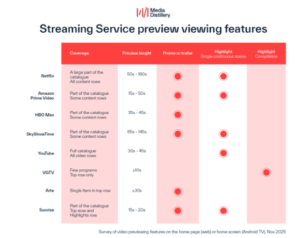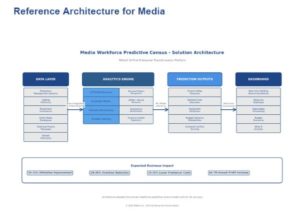IABM research clearly shows that end-users more and more are partnering with suppliers to both transform their offerings and keep on the forward moving side of the technology curve. This also goes for suppler to supplier partnering, although this has been the status quo for decades within our industry.
Looking deeper into partnerships, some thought-provoking points turned up that should be considered by vendors and end-users when partnerships get initiated due to technology.
My first point is there are too many technologies. While developing the IABM Technology and Trends Roadmap, it was clear that the more detail one got into, the deeper the “technology hole” was. This was due to a combination of multiple options from different vendors and also, by far, too much detail to be appreciated.
It was also curious to note that some bleeding edge technologies were searching for a home within our industry. Certainly from my days of being a design engineer, I constantly met with the semi-conductor companies of all sizes to learn what they had on their drawing boards and which products had availability. When seeing something really cool, the next step was find a cool application. This is precisely where the business side had to come in because using technology for technology’s sake simply puts companies out of business. Transforming technology into a real need is key. On the other hand this is exactly where innovation comes in. More often than not two road-blocks appeared: Sales department stating that isn’t what the market wants, and Product Portfolio Managers stating that a cooler product will kill their lucrative existing product sales. By having some forward looking end-users as partners, these road-blocks could be broken by getting additional thoughts and ideas as well as even some pre-orders.
This simple example stated above is more about a single product or service rather than a deeper relationship that many end-users are seeking out currently which leads me to my second point: Technology changes too quickly. Being too early or too late on the technology adoption curve without a clear, deep understanding of the technology is a clear indicator of failure. Again the solution is partnering with experts with the appropriate know-how in the field. Even when you have some in-house capability, partnering often is the speediest way to move forward. The trick here is to assure that your in-house team has buy-in and rather than fighting with the partner, they are open and sharing viewpoints, and mutually agreeing on a path forward.
I look at a technology partnership as a strategy that must be equitable on both sides. Usually groups partner because they have a business need and share a passion for innovation. This is not to say that selecting a partner is simple or falls under the security blanket of success. The facts are that the “right partner” is more often the best way to get there quickly, because the “Build, Partner, or Buy” decision can be based on time along with core business strategy.
My last point is interoperability, which begs the question to be asked: does working with a single partner mean the door is closed to having a second-source? With today’s supply chain concerns, second sources and interoperability should be priority. Often bleeding edge technologies have no immediate second source, so if this is the case, identifying this concern up-front with the partner will help to stimulate back-up options. It doesn’t mean a custom solution won’t be interoperable, as the best way to achieve interoperability is for end-users to demand interoperability.
I have only begun to scratch the surface on partnerships, and to be successful in our current world of constantly changing trends and technologies it becomes all about speed (time to market) and reliability (must provide a respectable user experience). So my point is we aren’t alone in this dog-eat-dog world of technology, we simply need to work together to be successful and strong partnerships are one way to achieve this.









